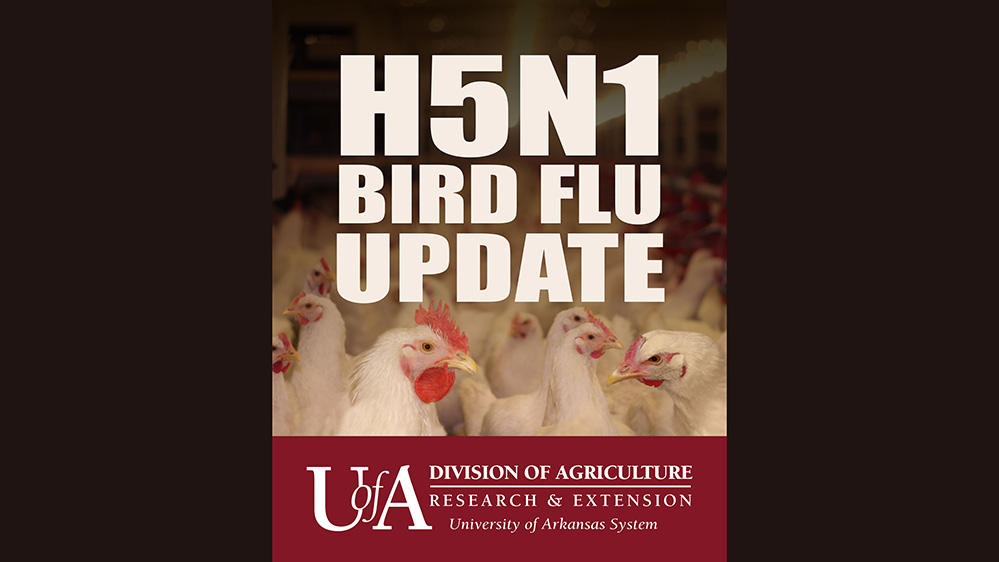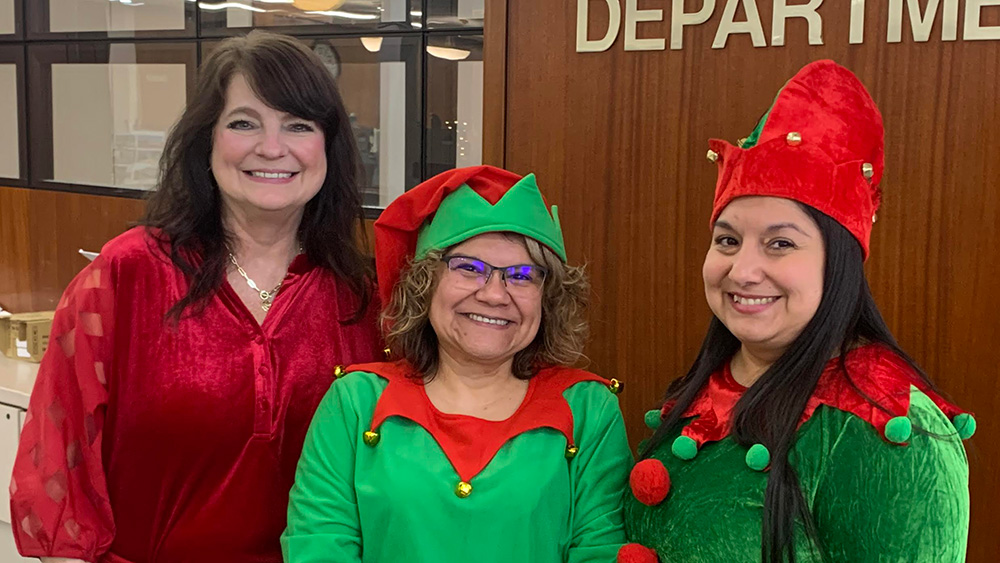PINE BLUFF — Every February, duck hunters gather up their decoys and pack them away for another long off-season. Some dekes are sealed in padded compartments and slotted bags as carefully as a Faberge egg, but others that have been shot or have faded to the point of obscurity are destined for the landfill. The Arkansas Game and Fish Commission has a program to breathe new life into those unwanted decoys and possibly inspire the next generation of duck hunters.

Eric Maynard, interim chief of education for the AGFC, says all unwanted duck and goose decoys are welcome in the AGFC’s decoy adoption center, a program he developed in 2020 to provide materials for decoy painting classes that has grown into a full-fledged hunter recruitment tool.
“We were always on the lookout for old decoys for decoy painting programs at some of our nature centers, but we really started promoting the need and developing outreach around the effort in 2020,†Maynard said. “Since then, we’ve collected more than 6,000 decoys, most of which come at this time of year when everyone’s packing things away and know they’re going to upgrade or buy new decoys before the next season.â€
Maynard and other educators clean up the donated decoys and students can paint them while learning duck identification at workshops held throughout the year.
“It’s a great way to teach duck species identification and get people in the door to learn more about waterfowl and conservation, plus they get to bring home their decoy to maybe even hunt over,†Maynard said.
Maynard says there are always some huntable decoys thrown into the pile, and he separates them from the ones bound for painting classes. These salvaged specimens have created a new facet to the decoy-adoption program.
“A lot of the decoys we get are still in surprisingly good condition,†Maynard said. “I’ve even picked up decoys from some hunters that were still new and in the box. Some hunters are upgrading, others are aging out of duck hunting, and in a few cases, they just want to help be a part of a new hunter’s success down the road.â€
Those decoys are separated from the flock and rehomed to up-and-coming hunters with the requirement to pass the experience forward.
“We worked through the Future Farmers of America to offer these decoys to high school students with the requirement that they take at least one person duck hunting that’s never been before,†Maynard said. “More than 50 high school students have received decoys (usually a dozen to 15 decoys each) during the last two years.â€
Drake Pettit, one of the hunters who benefitted from the program, sent a report about his mentored hunt back to Maynard at the end of the season. His cousin, Cole Neighbours, had been begging Drake and his friends to take him, and they were able to bring him along during the cold snap that occurred in January.
“Cole was a trooper and woke up easy,†Pettit wrote. “He was first in the truck to head to the White River.â€
Pettit says Cole got very lucky for his first of what will surely be many duck hunts in his life. All of the hunters let him take the first shot until he bagged his first bird, a beautiful mallard drake.
“Once the inaugural first duck was achieved, the hunt was on for the rest of the hunters as well,†Pettit wrote. At the end of a day, the hunters had filled their limits.
“It was a hunt that Cole will not easily forget,†Pettit wrote. “I am thankful for the AGFC decoy program for this opportunity…it turned into a hunt to remember.â€
Anyone interested in donating their old duck or goose decoys to the AGFC’s decoy adoption program is encouraged to contact Maynard at eric.maynard@agfc.ar.gov, and he can make arrangements to have them picked up.




